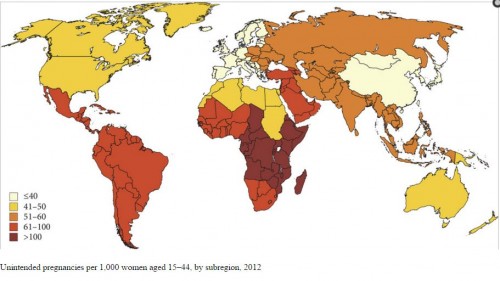“Declines in Unintended Pregnancy in the United States, 2008–2011“:
BACKGROUND
The rate of unintended pregnancy in the United States increased slightly between 2001 and 2008 and is higher than that in many other industrialized countries. National trends have not been reported since 2008.METHODS
We calculated rates of pregnancy for the years 2008 and 2011 according to women’s and girls’ pregnancy intentions and the outcomes of those pregnancies. We obtained data on pregnancy intentions from the National Survey of Family Growth and a national survey of patients who had abortions, data on births from the National Center for Health Statistics, and data on induced abortions from a national census of abortion providers; the number of miscarriages was estimated using data from the National Survey of Family Growth.
Despite the fact that we KNOW how to prevent pregnancies in the United States, rates of unintended pregnancies have been shockingly high. In 2008, more than half of pregnancies in the US were unintended. Think about that. Fifty-one percent of all pregnancies were unintended. Interestingly, things had been getting worse from 2001 to 2008. Why? I’ll let you insert your own explanation. I have one, but it’s not evidence-based.
But in 2011, things looked better. Only 45% of pregnancies were unintended. However, even in 2011, rates of unintended pregnancies are highest among those who are 15-19 years old (75%) and 20-24 years old (59%). They’ve also higher among those below the poverty line (60%).
We’re the United States, people. This is a fixable problem. When you compare us to the rest of the world, we look more like Northern Africa than Europe:


